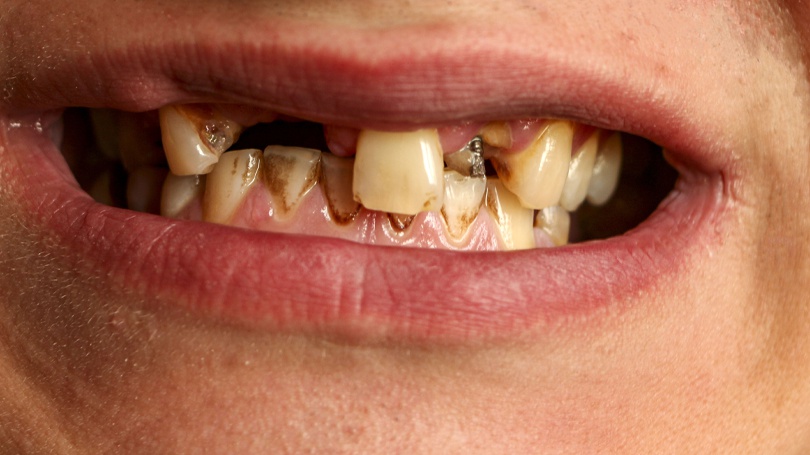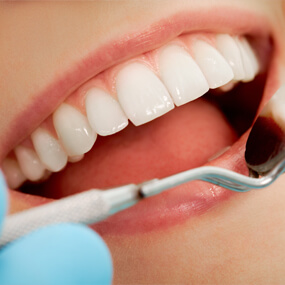The Link Between Poor Oral Health, HPV Infections and Cancer

Gum disease, tooth decay, and other oral health issues have been identified as risk factors for oral human papillomavirus infection (HPV). HPV infections manifest no symptoms in 90 percent of cases but are responsible for at least 40 percent and as much as 80 percent of all oropharyngeal cancers.
These statistics, which were made available by Cancer Prevention Research, were further supported by research conducted at the UTHealth School of Public Health. Those researchers studied not just the relationship between poor oral health and the HPV infection but influencers like smoking and oral sex.
The data analyzed was from statistics gathered on behalf of the CDC in 2010. The data set represented the entire U.S. population and encompassed about 5,000 people. The researchers selected more than 3,400 participants who were age 30 to 69. Within that group, they examined whether 18 types of high-risk HPV and 19 types of low-risk HPV were present. For each participant, the researchers considered a self-assessment of dental health, use of mouthwash, presence of gum disease, and the number of teeth lost. Other data considered for each subject was gender, marital status, and lifestyle habits, such as smoking.
The Findings: A Link Between Poor Oral Health and HPV Infections
Analysis of the data revealed that subjects who self-assessed themselves as having poor oral health were 56 percent more prone to an oral HPV infection. People who had gum disease had a 51 percent higher prevalence, and those who experienced other dental issues but not gum disease were 28 percent more prone. Other factors that increased the likelihood included being male, use of alcohol and marijuana, oral sex experiences, and having multiple and recent oral sex partners.
Dr. Christine Markham is an associate professor at the University of Texas and a co-author of the study. She said that this study and the previous studies they had considered all showed strong evidence that heavy smokers were at much greater risk. This is true for those who participate in oral sex as well, and the risk increases with the frequency of the activity and how many sexual partners are involved.
Markham also noted that when they eliminated smokers and people who had experienced oral sex from the data set, the analysis still showed that poor oral health was an independent risk factor. Why is poor oral health a risk factor? This remains unclear, but Markham theorizes that gum inflammation, ulcers, oral wounds, and so forth serve as a gateway through which the infection enters the body.
Your Lifestyle and Your Health
Oral hygiene should be your main emphasis. Brush after breakfast and before bed with a soft-bristled brush and fluoride toothpaste. Floss daily. Avoid foods that are bad for your dental health. Rinse vigorously with water or chew sugar-free gum after other meals and snacks. See your dentist biannually, even if your teeth feel and look great to have them cleaned and examined. You should also consider your lifestyle, such as your partners and how much you drink, and how that may put you at risk.
Safeguard Your Health
Achieving and maintaining good oral health not only protects your teeth and gums but your systemic health and, therefore, your longevity. While good oral hygiene certainly begins at home, you need to see your dentist at least twice a year to have your teeth professionally cleaned and your mouth examined. When Jeffrey D. Clark, DDS, performs a regular checkup, it includes cancer screening, and dentists are often the first to notice the symptoms from oral cancers. Call Scottsdale Cosmetic Dentistry Excellence at 480 585 1853 with any questions you may have and to schedule your appointment.




